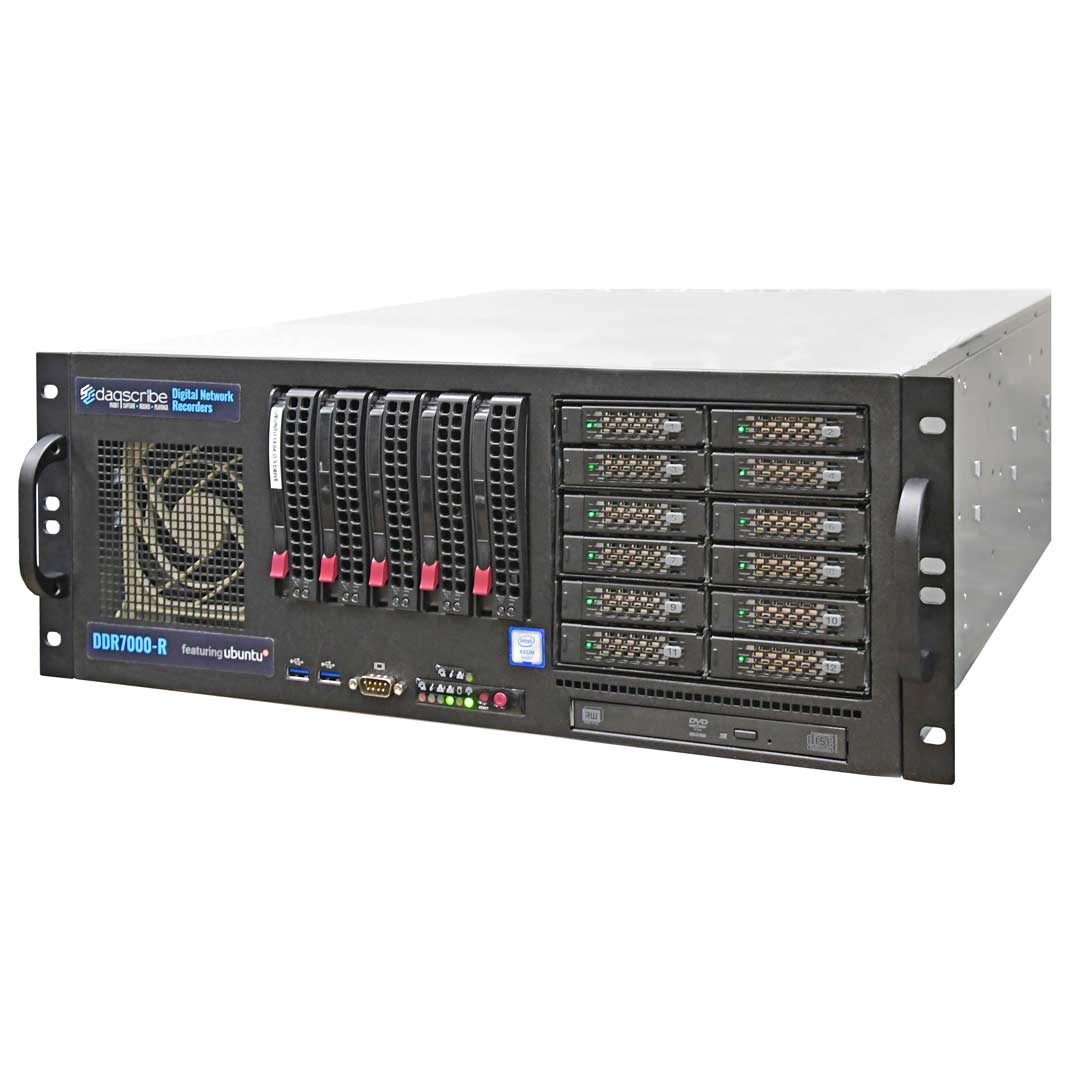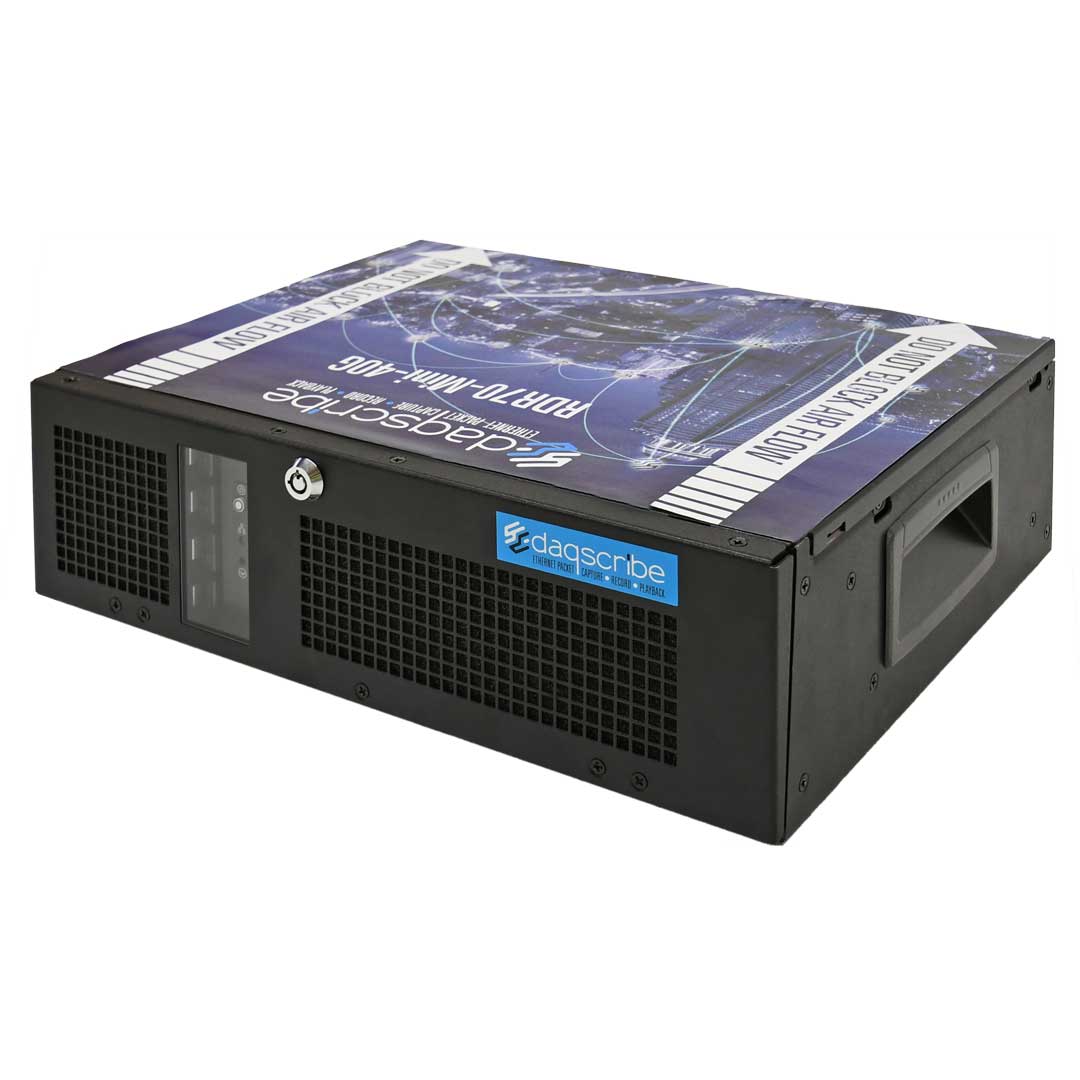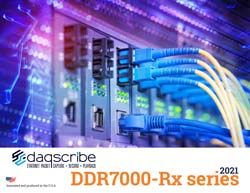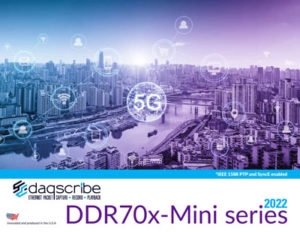Daqscribe recorders are empowering 5G design, deployment and operation
The wireless telecom industry faces high-reliability demands at base station sites amid the expanding deployment of cells and a massive amount of 5G data traffic. Here, a surveying tool that monitors data traffic in real-time is crucial, as it enables the 5G industry to efficiently build network infrastructure and reliably maintain it.
Such surveying equipment must analyze traffic flows across the 5G network and adjust traffic placements to optimize network resources and ensure that the user experience remains excellent.
Additionally, two network design factors further underscore the need for a traffic monitoring tool in 5G networking operations. First, a much higher density of cell sites is a major challenge in the transition from 4G to 5G wireless. Second, the network fabric that interconnects the base stations in 5G is moving from 10 Gbps to 25 Gbps data speeds.
Traffic surveying is a linchpin in 5G design, compliance and deployment, and is critical to managing network bandwidth and delivering an array of 5G services at the speeds and latency requirements as outlined by 3GPP’s performance and quality of service (QoS) standards.
Accelerating 5G design
In 5G, base stations are juggling many user devices with latency-sensitive traffic, and that makes QoS guarantees a major challenge of 5G design. 5G employs low data rates for massive machine-type communications (mMTC), the type of traffic needed to connect potentially billions of devices on the internet of things (IoT). At the same time, they also feature high data rates for enhanced mobile broadband (eMBB), which is going to cater to lightning-fast downloads for high-definition videos and augmented reality (AR) applications.
Besides new frame structures and modulation schemes, 5G employs new network architectures such as network function virtualization (NFV), edge computing and network slicing. Ultimately, despite the application, all digital packets flowing across the radio connections need to be delivered precisely according to the level of priority.
An Ethernet recording solution captures 100% of real-world traffic from optical transceivers at cell sites, and records and stores that information for analysis by engineers. This information can then be leveraged to ensure QoS at each 5G node. An Ethernet record and playback system complements 5G’s centralized radio access network (RAN) structure by allowing engineers to monitor the pooling of network resources, coordination between cells, and network virtualization. And given the diversity of data speeds and device types on 5G networks, comprehensive data capture enables engineers to verify QoS and quickly address the network.
5G network forensics
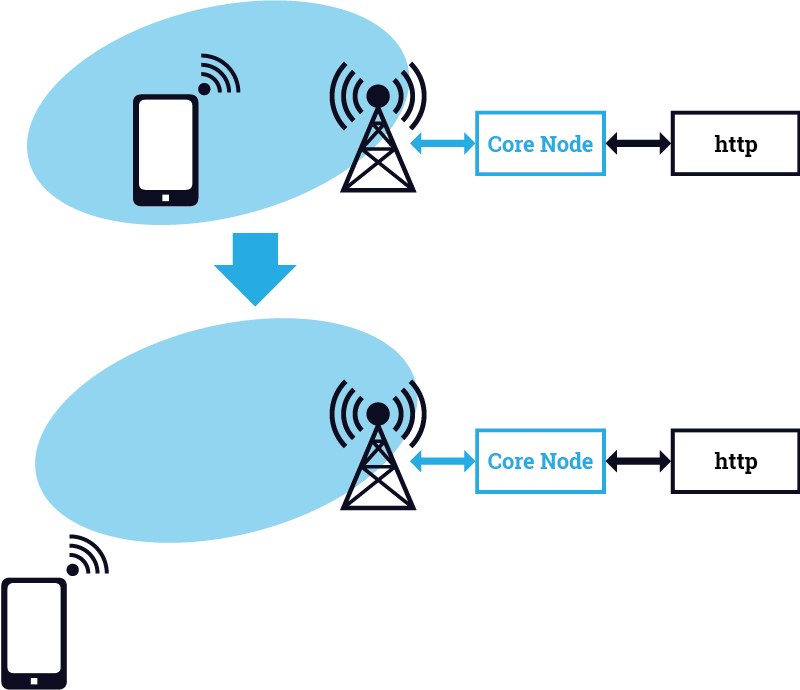
A view of how a 5G network survey tool examines the change in terminal operation due to the strength of radio waves.
Once 5G engineers are past the design and testing phase, network integrity is of chief importance. If a cell site goes down, the operator must diagnose why it happened, whether it was due to transmission or switching infrastructure failure or some other factor. For instance, there could be issues related to intra-cell interference or ultra-low latency applications.
Here, a traffic monitoring tool permits network engineers to run software tools in post-operation scenarios and quickly determine the cause of the failure. Meanwhile, the surveying tool keeps track of all the errors and non-standard network traffic.
Surveying systems are tuned to cover 1 Gbps to 5 Gbps ingress traffic without losing any data. And they help ensure that features or devices, such as new phones, antennas or functionality, are compliant.
Take, for example, a new phone release, in which the first step is an operational check. The phone does not send any user data at first, but the survey system can capture the radio wave and check the signal strength. In the next phase, the phone does send user data, and if there is a problem the operation is repeated. Meanwhile, the capture device, always connected to the 5G network, can compare both data records.
Ethernet for 5G data monitoring
The omnipresent Ethernet is a natural fit for a traffic surveying tool amid the growing data consumption in 5G networks. However, besides Ethernet’s ubiquitous presence, given the time-sensitive nature of 5G backhaul traffic and one-way latency requirements of about 100 µs, Ethernet should be deterministic and time-bound. That ensures its ability to perform functional testing and precision performance testing of 5G traffic at cell site environments.
More importantly, 5G demands a survey tool for which bandwidth is not a limiting factor. Data speed is also critical because 5G operators are employing high-speed transceivers and new packet transport technologies to facilitate diverse applications and corresponding communication requirements.
The DDR7000-R-25G-4 and DDR70-Mini-25G-2 solutions from DaqScribe offer record speed and data size in single-chassis Ethernet boxes. As a RAN support product, these boxes allow wireless operators to capture real-world traffic and run software tools in post operations at the cell site.
A more compact version, DDR70-Mini-25G-2, offers up to 25 TB of local data storage and captures packet data at the system’s 25 Gbps port. Moreover, to enable fast data downloads, the 43 mm x 437 mm x 249 mm unit features two USB 3.0 ports or two 10 Gbps Ethernet ports.
These surveying devices capture and record all Ethernet traffic in a way that is data-content agnostic. In other words, data can be captured from layer 2 through to layer 7 of the Ethernet stack regardless of whether it is an IPV4 or IPV6 protocol implementation at network layer 3 or TCP or UDP implementation at the transport layer 4. An Ethernet recording solution that is protocol agnostic allows carriers to handle and address a diverse array of network traffic and application requirements.
Trending now
A wireless telecom company in Asia is already using a 10G Ethernet recorder as a tool for deploying 5G infrastructure, and signs point to this being a growing solution.
Until now, the common perception has been that all the data flowing through a small cell site cannot be recorded because of the ultra-high-speed. The availability of this innovative recording technology from Daqscribe at 25 Gbps and higher speeds in small form-factor solutions makes that possible.

